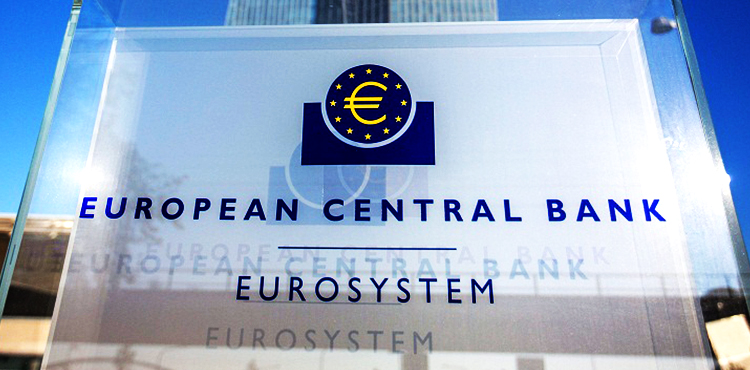The European Central Bank opted to keep borrowing costs unchanged on Thursday, signaling a cautious approach as European Union leaders and their U.S. counterparts are negotiating on import tariffs.
After an aggressive cycle in which policymakers slashed the main policy rate from 4% a year ago to 2% in June, the ECB is pausing to assess new risks and shifting geopolitical winds.
Last month, consumer price increases in the euro zone retreated to the ECB’s 2% target, a marked turnaround after two years of volatility sparked by the fallout from the COVID-19 crisis and the escalation in Ukraine. The swift normalization of inflation gave officials room to end their rapid monetary tightening campaign, which had included eight consecutive rate reductions in just twelve months.
This pause comes at a moment of intense focus on transatlantic trade ties. Negotiations between Brussels and the administration of former President Donald Trump are entering a decisive phase, with the outcome set to influence the economic outlook for both regions. The United States remains the single largest trading partner for the bloc, with exports to America totaling over $590 billion last year.
Despite the recent success in controlling price pressures, ECB policymakers remain wary of potential shocks on the horizon. The Governing Council underscored a mixed backdrop for the euro zone economy, pointing to uncertainty in the short term due to trade negotiations, even as public investment is forecast to lend support in the months ahead. Market participants had widely anticipated the central bank to hold steady in July, wary of the economic tremors that might ripple from ongoing global political tensions.
As the ECB adopts a more watchful stance, investors are likely to focus on signals from both policymakers and trade negotiators to gauge the direction of European monetary policy in the coming months.





